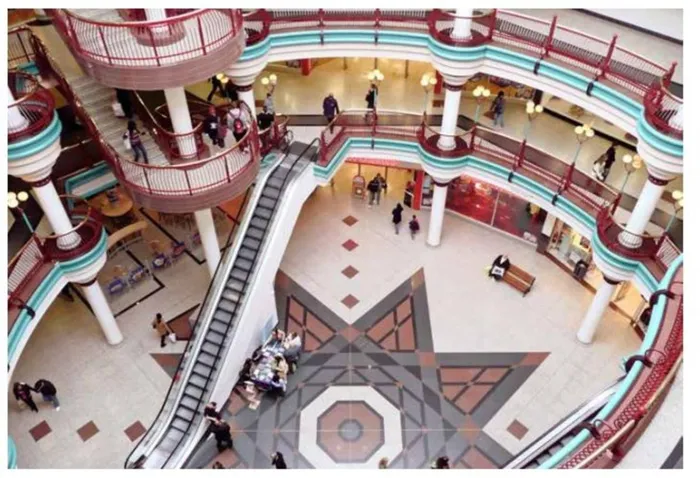Long, slow road to retail recovery ahead

Most retail activity has reopened under alert level 3 regulations but the pressure on consumers’ income will ensure it will be quite some time before we see business as usual at shopping centres.
The severity of the Covid-related economic shock could mean that it takes a few years for consumer spending to once again reach pre-lockdown levels, says FNB commercial property economist John Loos. Even before lockdown, retail sales growth was not in good shape. Sapoa’s latest Retail Trend Report, based on MSCI data, says: “Prior to the Covid-19 pandemic, the South African economy was already in a fragile state.
As the full effect of the shock starts filtering through the economy, unemployment and business confidence could continue to take strain, which will impact disposable income growth and, consequently, retail sales growth.”
While lower interest rates will provide some relief, the report notes that expected petrol price increases and potential load shedding could “more than offset the benefits”. Data is not yet available for April, May and June – during the height of lockdown – but Q1 figures from Sapoa’s report reveal that shopping centre performance in March was directly affected by the state of disaster declaration and subsequent national lockdown.
The Q2 period could look totally different, though, as most retailers will trade for only around half the quarter. “Notwithstanding the changing environment, trading density growth was 2.8% year-on-year to March 2020 in current price terms.” Consumer spend per head did not grow significantly in March.
“This suggests that malls recorded roughly the same visitors and overall spend in March 2020 as in February 2020. However, the types of goods and services that consumers spent their money on changed significantly, given the unique circumstances.” Only food and health and beauty retailers saw positive month-on-month growth across all centre formats.
STOCKING UP Food retail benefited from bulk-buying pre-lockdown. Picture: NRD
“The food category in particular appears to have benefited from bulk buying pre-lockdown as sales increased by about 20% across all centre formats. The health and beauty category, driven by pharmacies, also showed strong growth, with smaller centres outperforming.”
Not only is constrained consumer income a threat to the recovery of the retail sector, fear is too – fear of contracting the virus in crowded spaces and of people’s future financial situation, Loos says.
“The virus causes ongoing fear of crowded spaces, with a portion of consumers avoiding shopping centres. Less talked about, however, is the risk that fears over households’ financial future may cause a significant portion of them to spend more cautiously and increase their savings rate.”
So, while a “significant” recovery is expected for the retail sector and consumers as the economy opens up again, this will not be a full recovery. The opening of most retail means retailers and retail property owners will begin to look forward to a more normal business life.
“Moving gradually to lower levels of lockdown should mean that the retail property sector can look forward not only to an increasing number of their tenants reopening, but also to foot traffic increasing along with spending,” Loos says.
However there are no guarantees there will be a quick consumer recovery. Another challenge to the recovery of the retail property sector is the reliance on e-commerce in recent weeks. This trend will probably remain post-Covid. This will put further pressure on the recovery of the retail property sector.
Shopping Centre Definitions
- Super regional > 100 000m²
- Regional 50 000m² – 100 000m²
- Small regional 25 000m² – 50 000m²
- Community 12 000m² – 25 000m²
- Neighbourhood 5 000m² – 12 000m²
Source: MSCI
*Subscribe to our Property360 weekly newsletter
https://www.property360.co.za/newsletter-subscription
Related Stories
E-commerce give industrial sector a boost
Post-lockdown commercial property trends in SA
Industrial property sector faces toughest climb
The government must work with businesses
An uphill battle for the industry
Rates relief for guest house/bed and breakfast establishments
Related Topics: